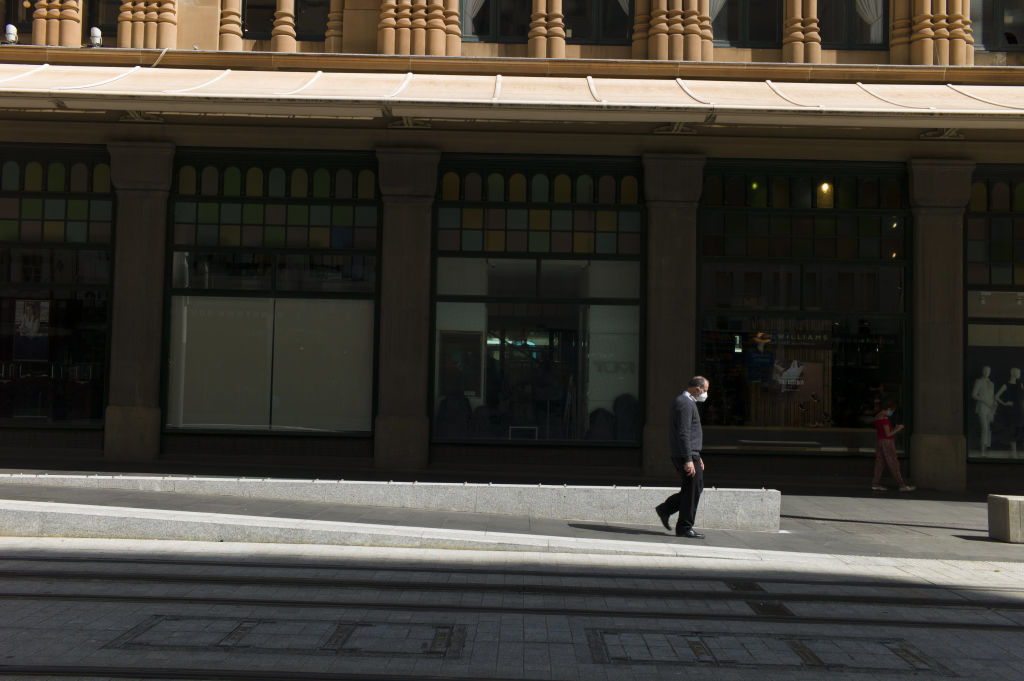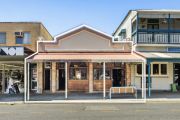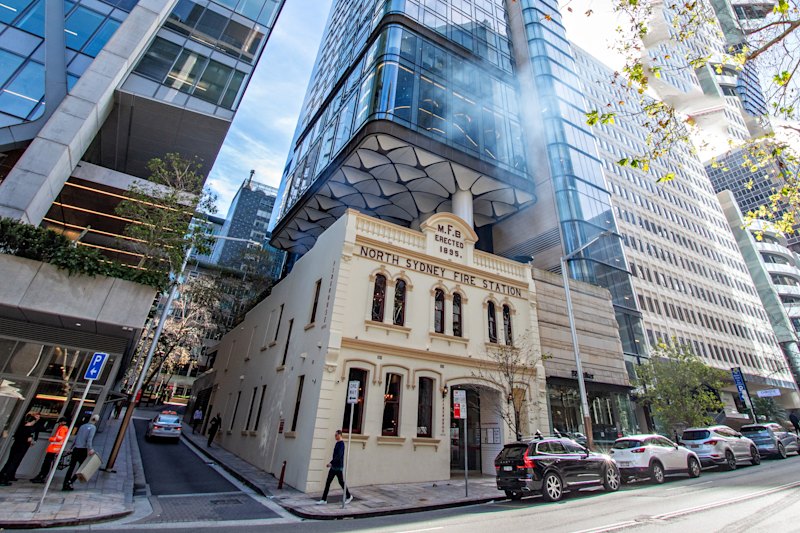
Sydney's commercial property market has so far avoided collapse but there 'no quick fixes', warn experts
Early action from the Australian government has helped prevent the economic disruption caused by COVID-19 from becoming a full-blown financial crisis and causing a commercial property market collapse, experts believe.
But property players say specific policies to protect the commercial property market were belated.
One measure specific to commercial real estate is the national cabinet’s mandatory code of conduct for small to medium-sized business tenancies.
The code says landlords will not be able to terminate leases or draw on a tenant’s security if they fail to pay rent during the coronavirus period. Landlords must also offer rent discounts proportionate to the tenant’s revenue decline, while the tenant must honour the lease.
The NSW government has enacted these protections for the state’s commercial tenants through a $220 million land tax relief package. Commercial landlords may benefit from land tax concessions of up to 25 per cent if they pass the savings on to tenants through a rent reduction.
Sean Ellison, Asia Pacific senior economist at the Royal Institution of Chartered Surveyors, said the market had not seen a sharp contraction in occupier demand, partly due to landlords and tenants working together to ride out the early stages of the pandemic period.
But he stressed that this would not be enough to hold off the disruptions to businesses and the commercial property market.
“What will really bring an end to this is just getting the economy back up and running,” Mr Ellison said.
“All of this outlook really depends on the length of the time that these lockdowns are in place for, not only in Australia but globally.”
While there has been a pullback in investment and leasing demand in the commercial property market, a collapse had yet to occur.
“The early stage resilience of these markets speaks to some of the effectiveness of these initial policies that have been put in place,” Mr Ellison said.
“One, the interest rate cuts have been effective in providing somewhat of a cushion to markets.”
By doing so, the Reserve Bank of Australia has essentially lowered financing costs for businesses, easing financial pressures on businesses. This makes it easier for them to keep people employed and avoid forced asset sales at heavily discounted prices, allowing them to continue operating to some degree.
The economist also said “the specific policies to keep cash in people’s pockets and keep people employed”, referring to the increased JobSeeker and newly introduced JobKeeper welfare payments, have helped prop up the market.
“Those are probably two of the most important policies that are being passed both in Australia and globally,” he said.
“Because that’s what is essentially keeping this short, sharp recession from becoming a financial crisis; no one wants to see the wheels fall off the bus.”
Burgess Rawson leasing and sales executive Dillon Frain agreed that the safety net provided by JobKeeper payments was one of the policies most effective in softening the coronavirus impact on commercial property.
“JobKeeper payments have provided assurance for workers which has had a direct flow-on effect for many more business owners to keep their doors open,” he said.
Mr Frain acknowledged that instructions from the government to open up dialogue between tenants and landlords have been beneficial, giving some direction to affected parties.
But he believed measures to protect the commercial property market came “comparatively late”, leaving some landlords in limbo when negotiating with tenants.
“[The NSW government] could have responded quicker with the tenant rent stimulus package, as any decision that was made prior to the package coming out may have not been beneficial to owners,” Mr Frain said, referring to the $220 million land tax relief package for NSW’s commercial property sector.
“Landlords may have potentially paid their land tax requirements or negotiated free rental periods with their tenants [before the package was announced].”
And while many tenants are bearing the brunt of social distancing measures, some tenants trading in industries that have maintained or increased trade in the COVID-19 environment, such as the pharmaceuticals and liquor sectors, may attempt to claim financial hardship for potential rent reductions, according to Mr Frain.
Tenants whose circumstances have not significantly changed are still obliged to pay the agreed rent and carry out the terms of their existing leases. They are also expected to pass on any rent relief to their subtenants if their rent has been discounted as a result of the new measures.
Mr Frain’s colleague Nik Simonovic said the temporary moratorium on eviction of commercial tenants for non-payment of rent should allow affected tenants to retain their businesses during the pandemic period.
“These are unprecedented and extraordinary times which calls for extraordinary measures,” Mr Simonovic said.
“However, there are no quick fixes here and no panacea blueprint that a government can follow.”
The government’s response and its substantial stimulus package had generally been well received, he noted.
“But only time will tell how effective it has been in keeping the economy afloat, as everything depends on the extent and duration of keeping the COVID-19 pandemic contained and ultimately eradicated, which is still the big unknown at this point in time.”










